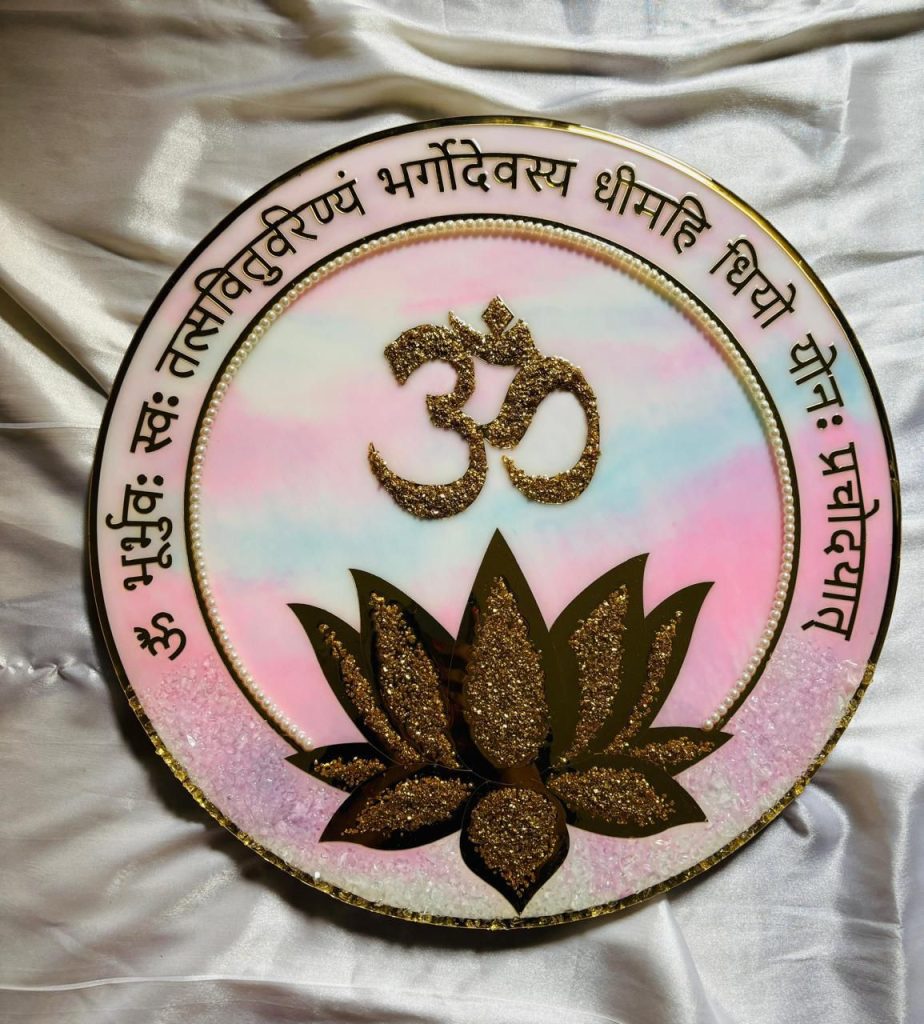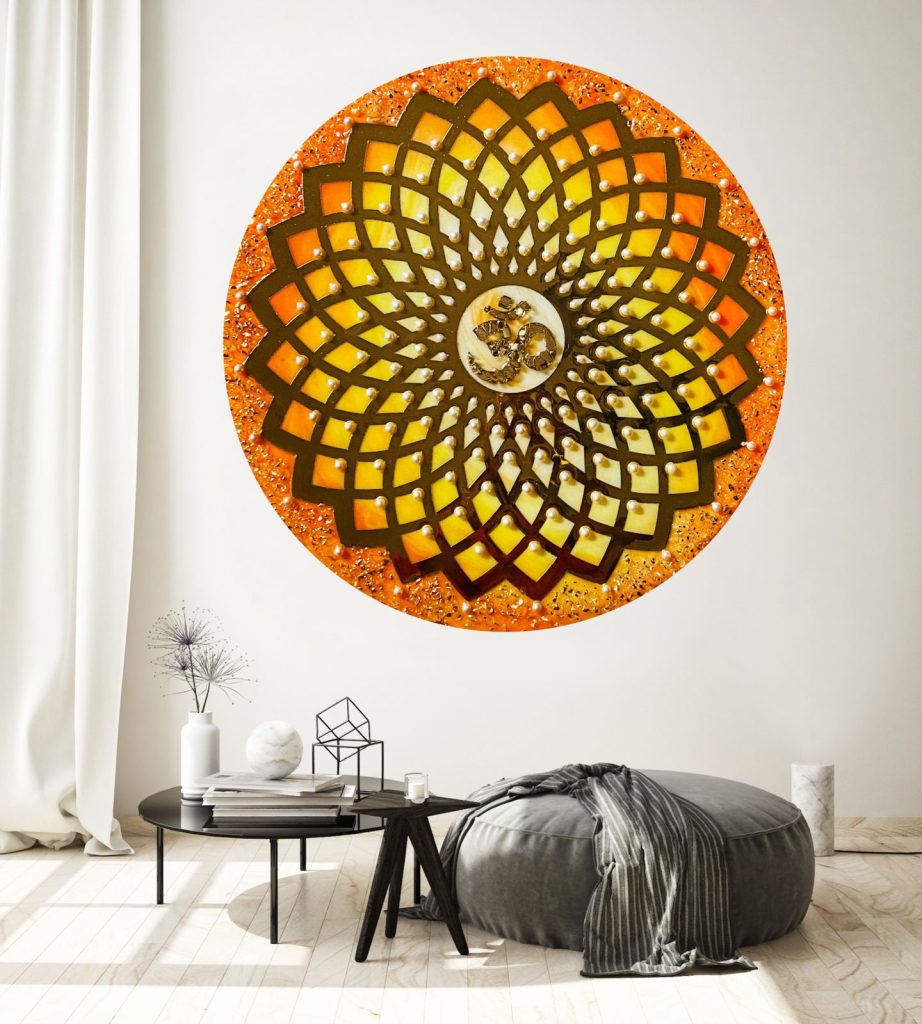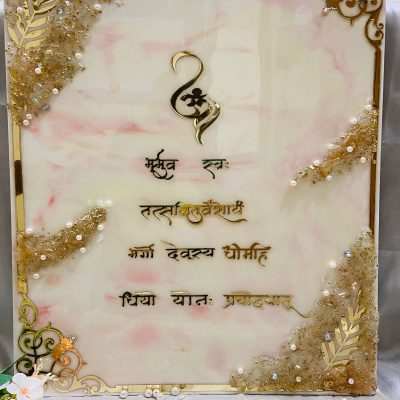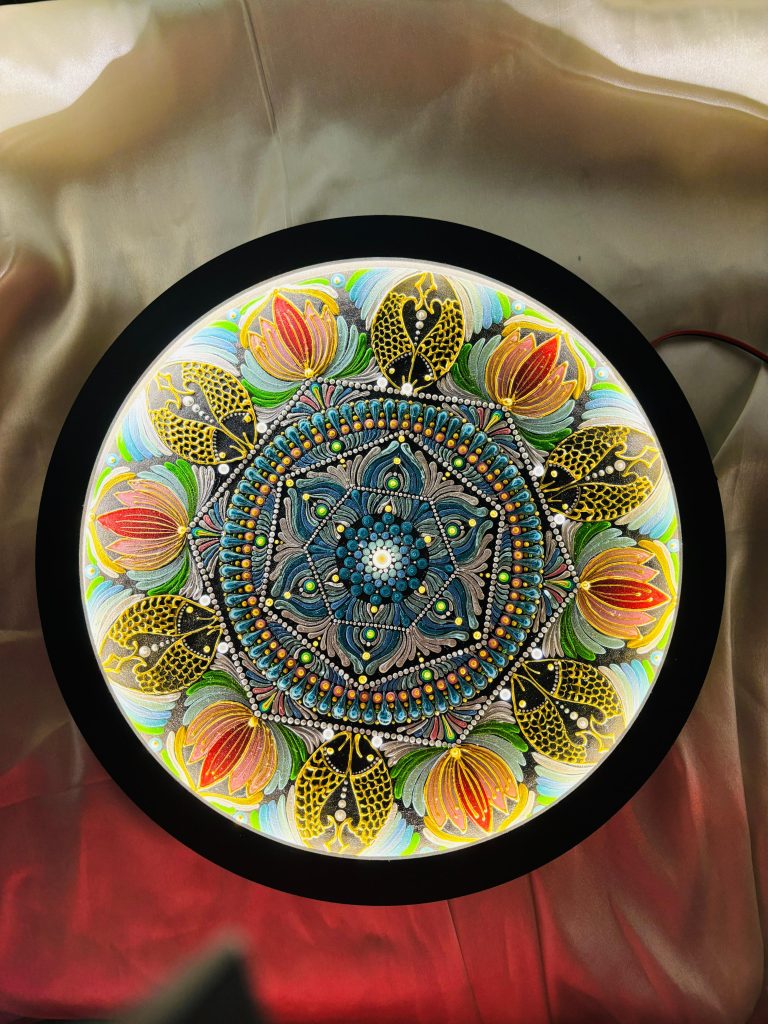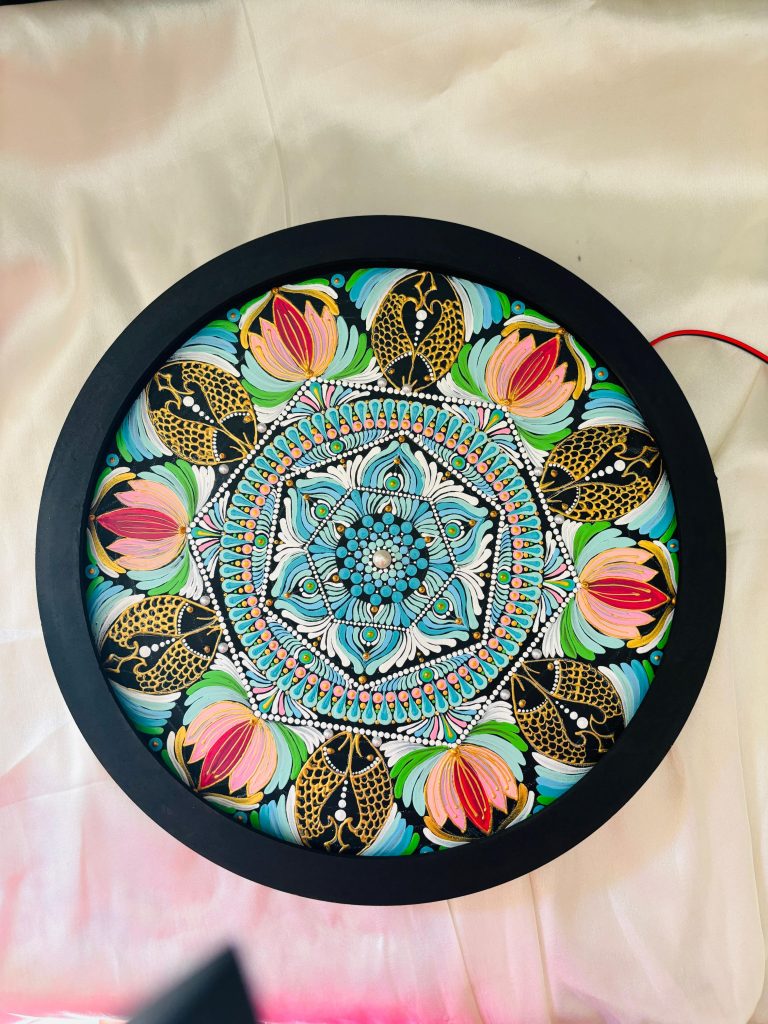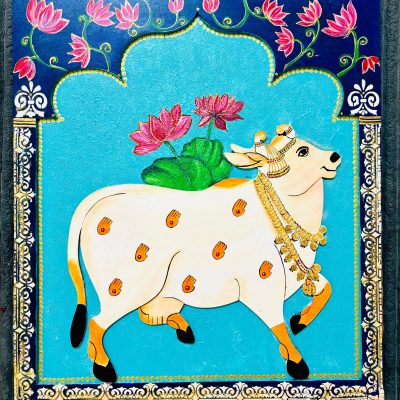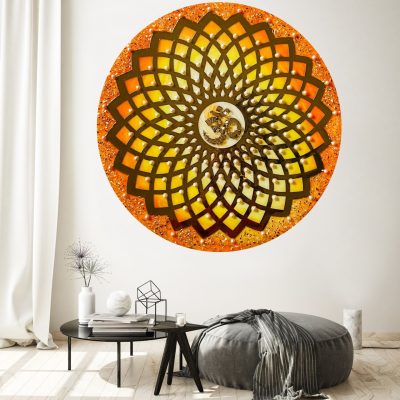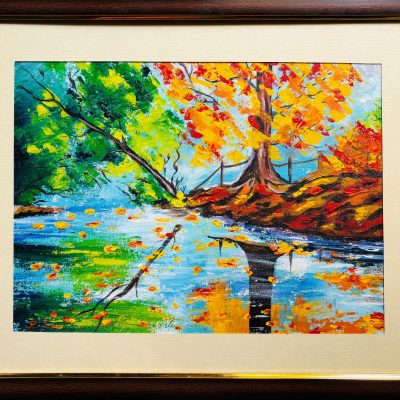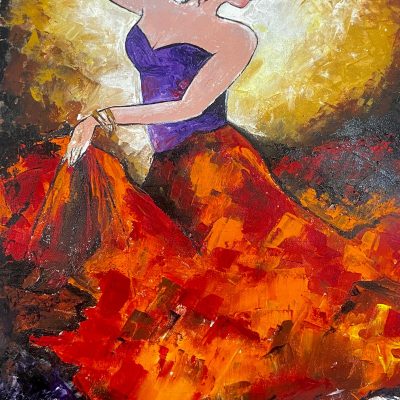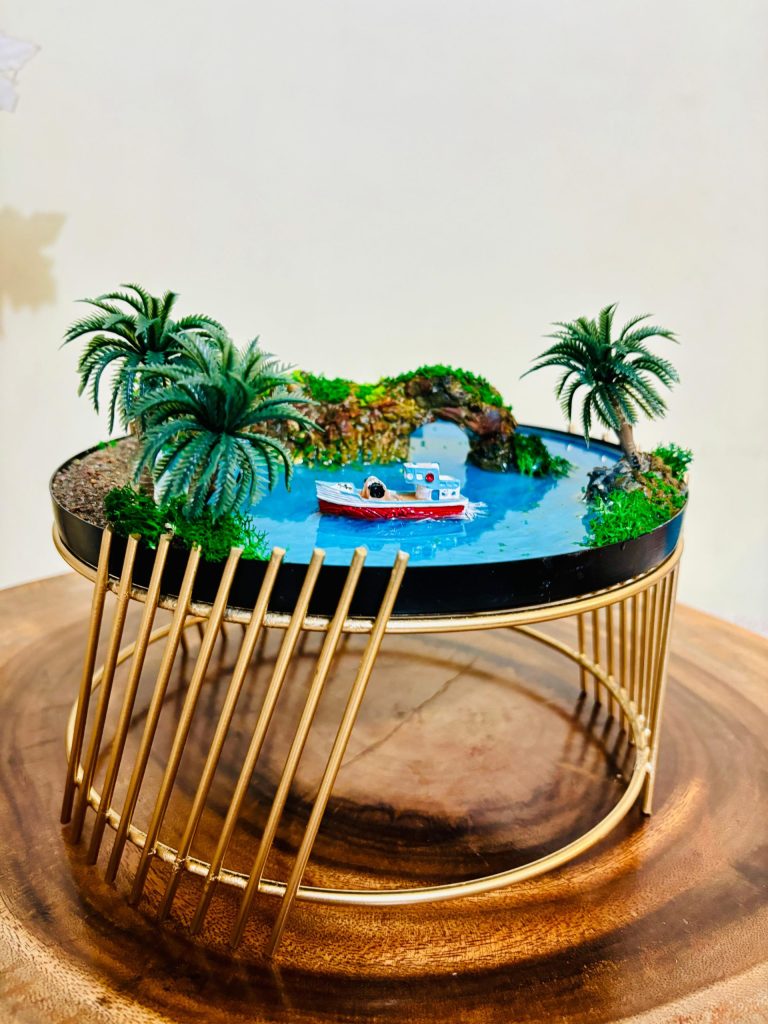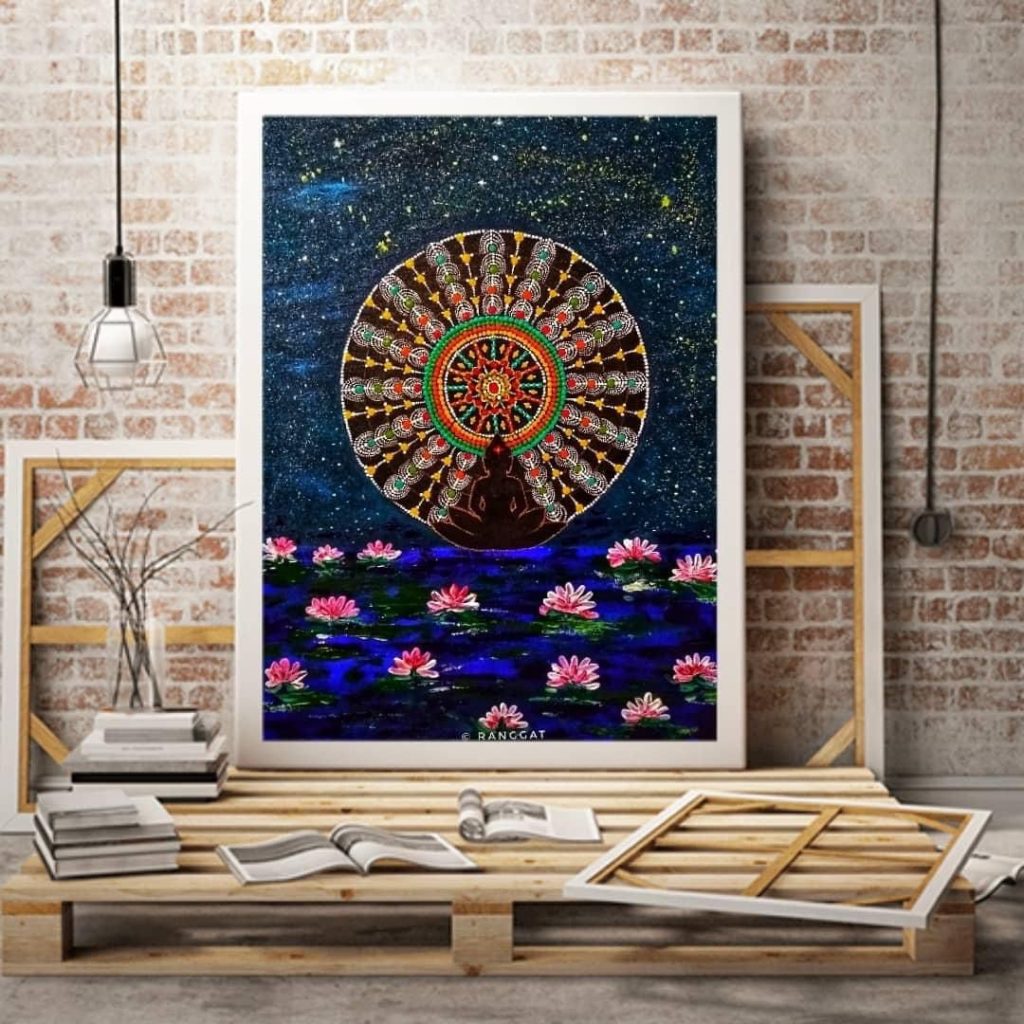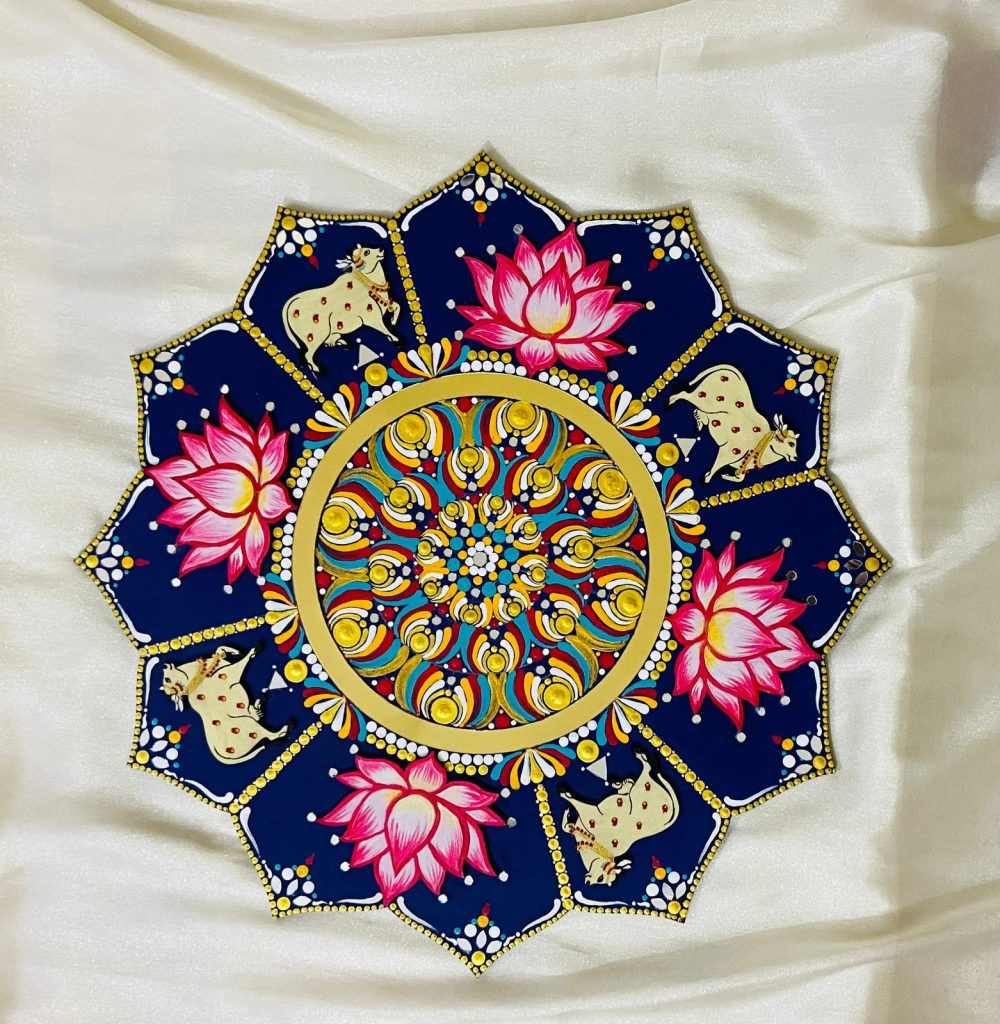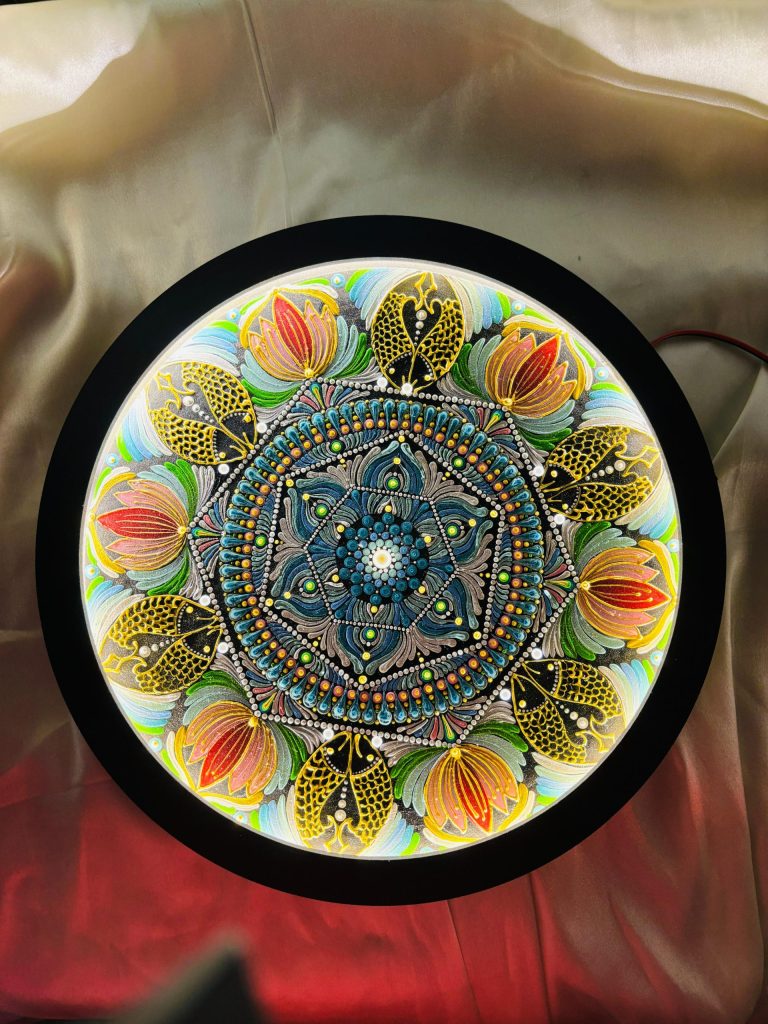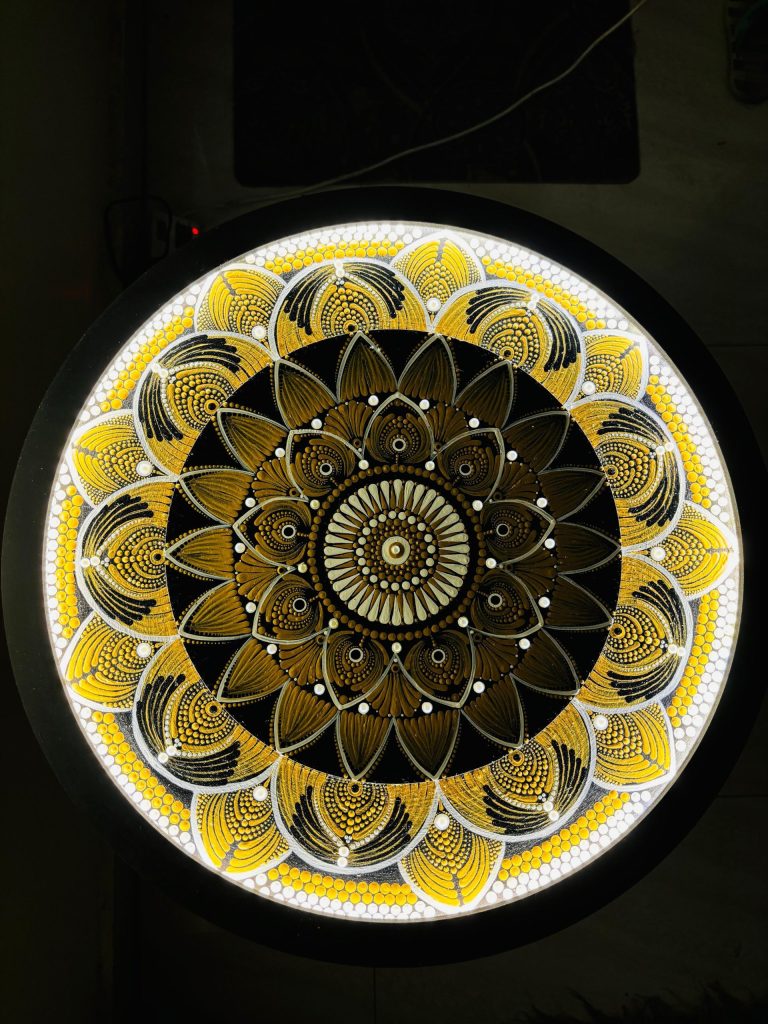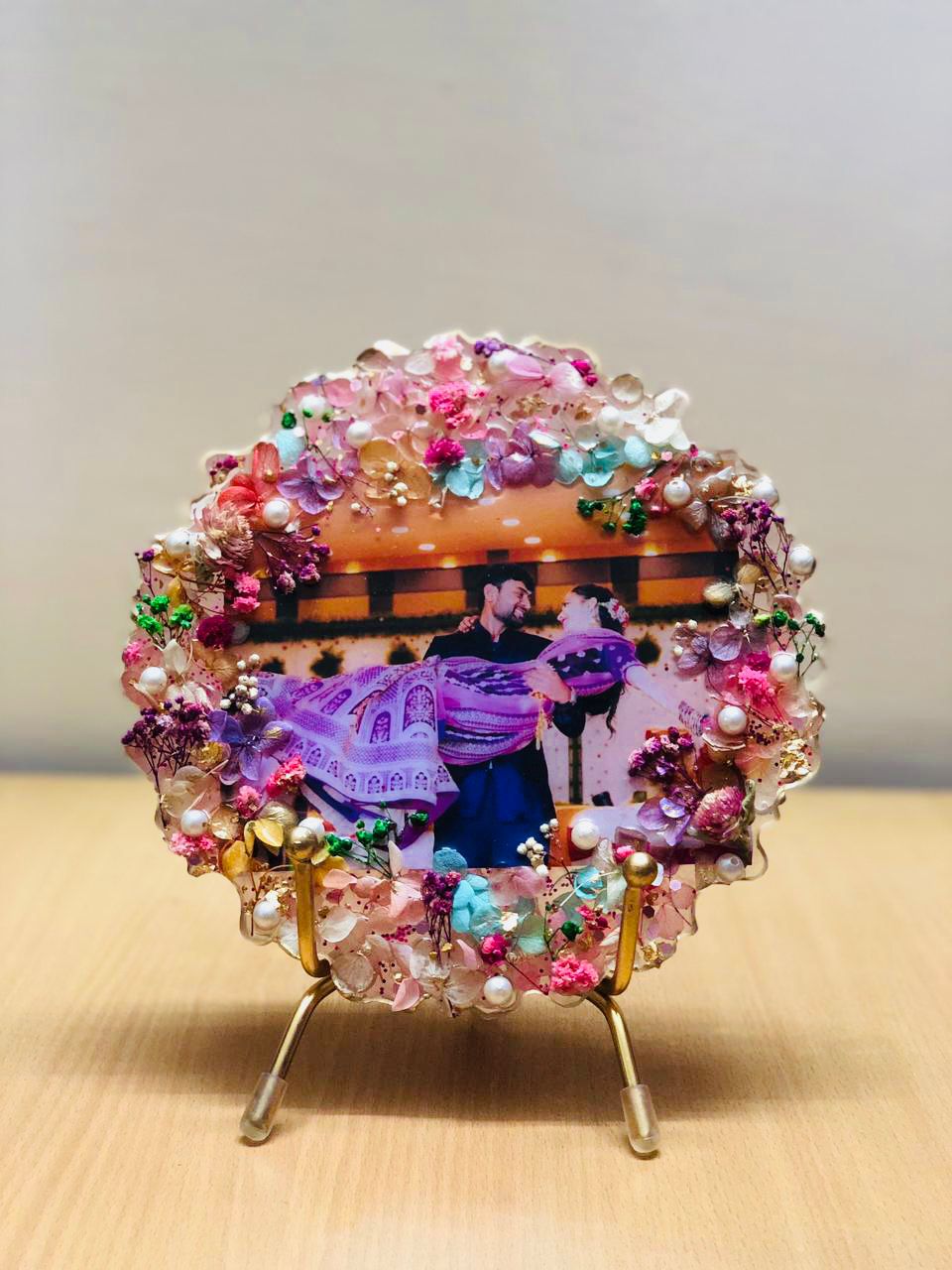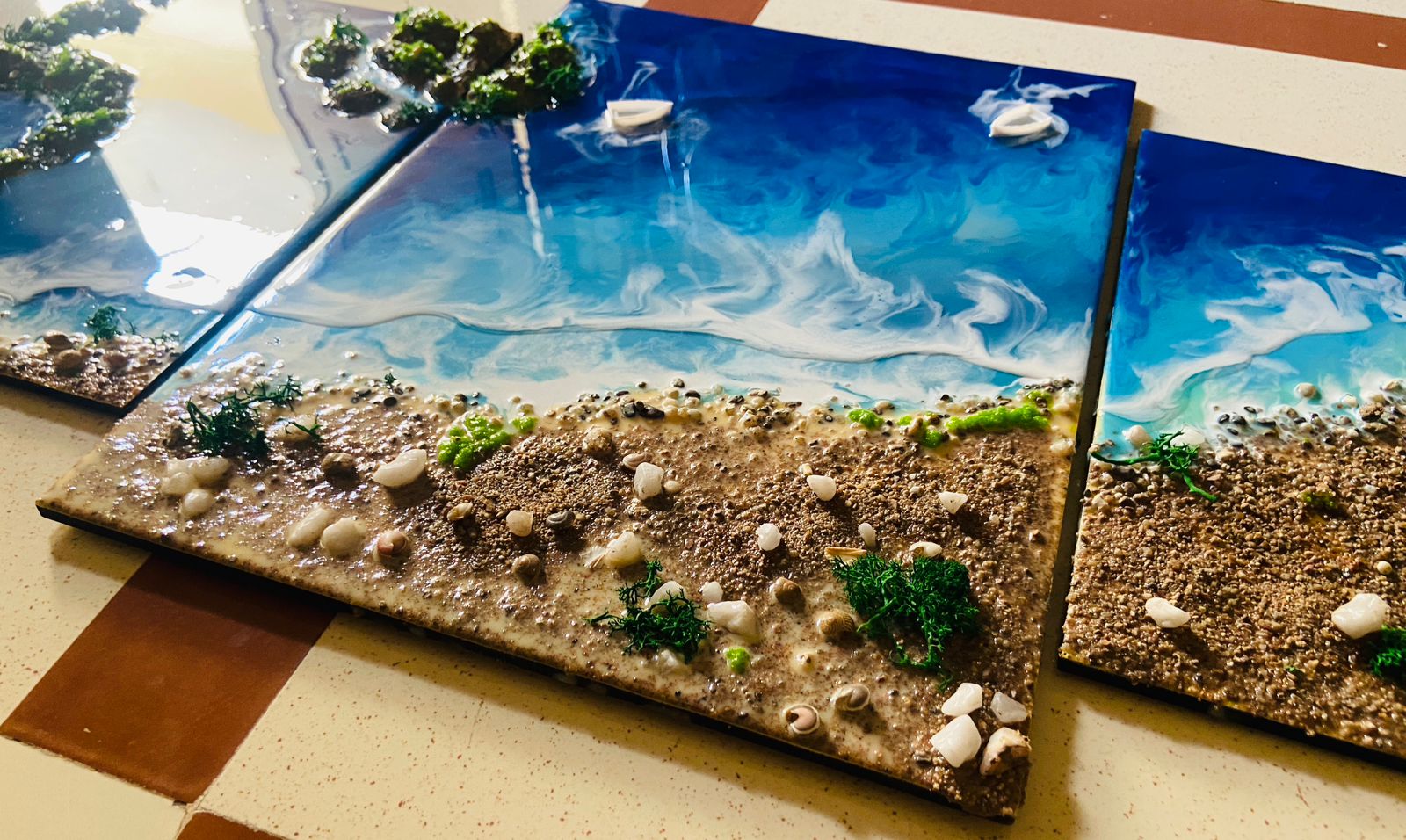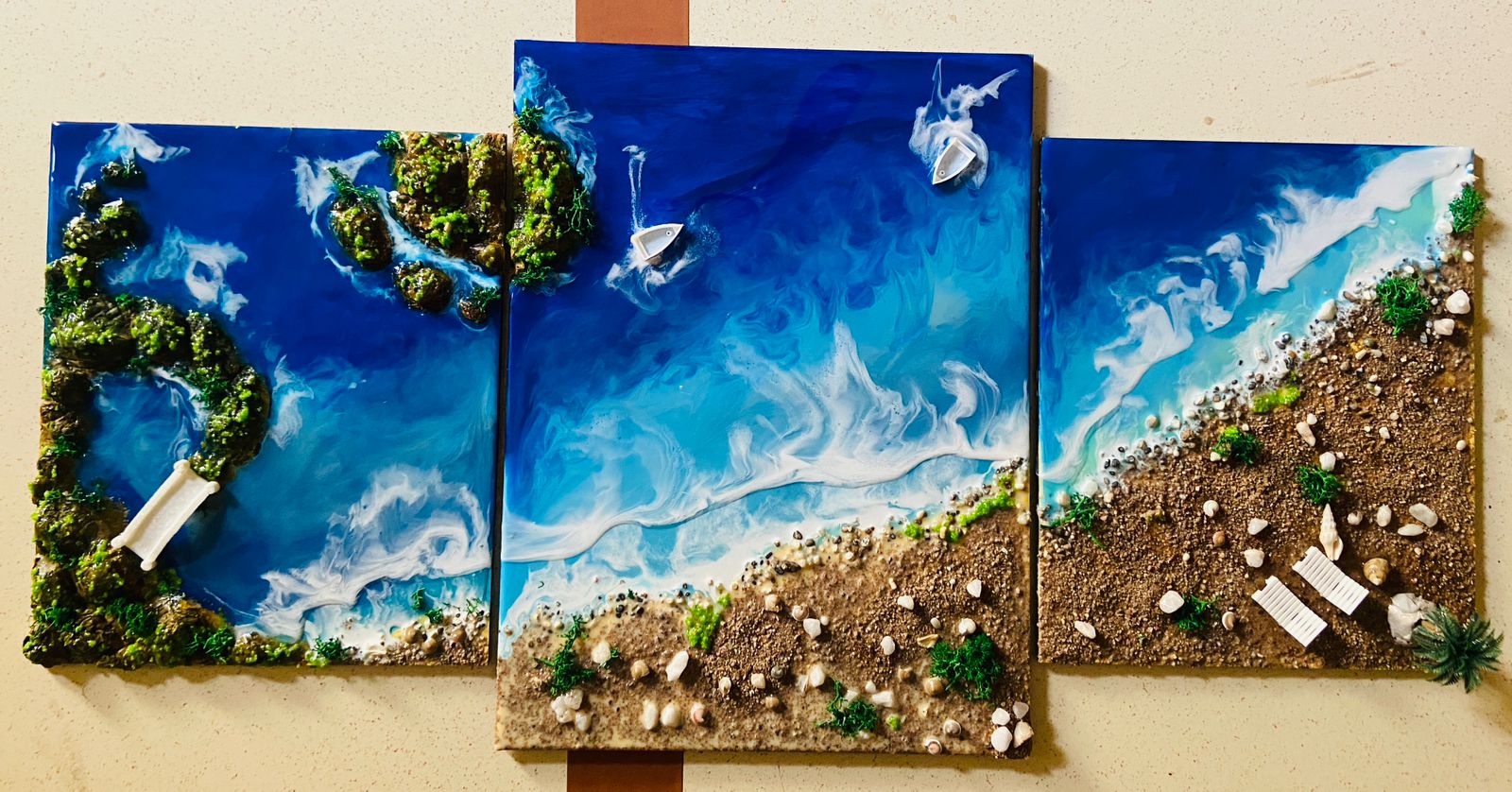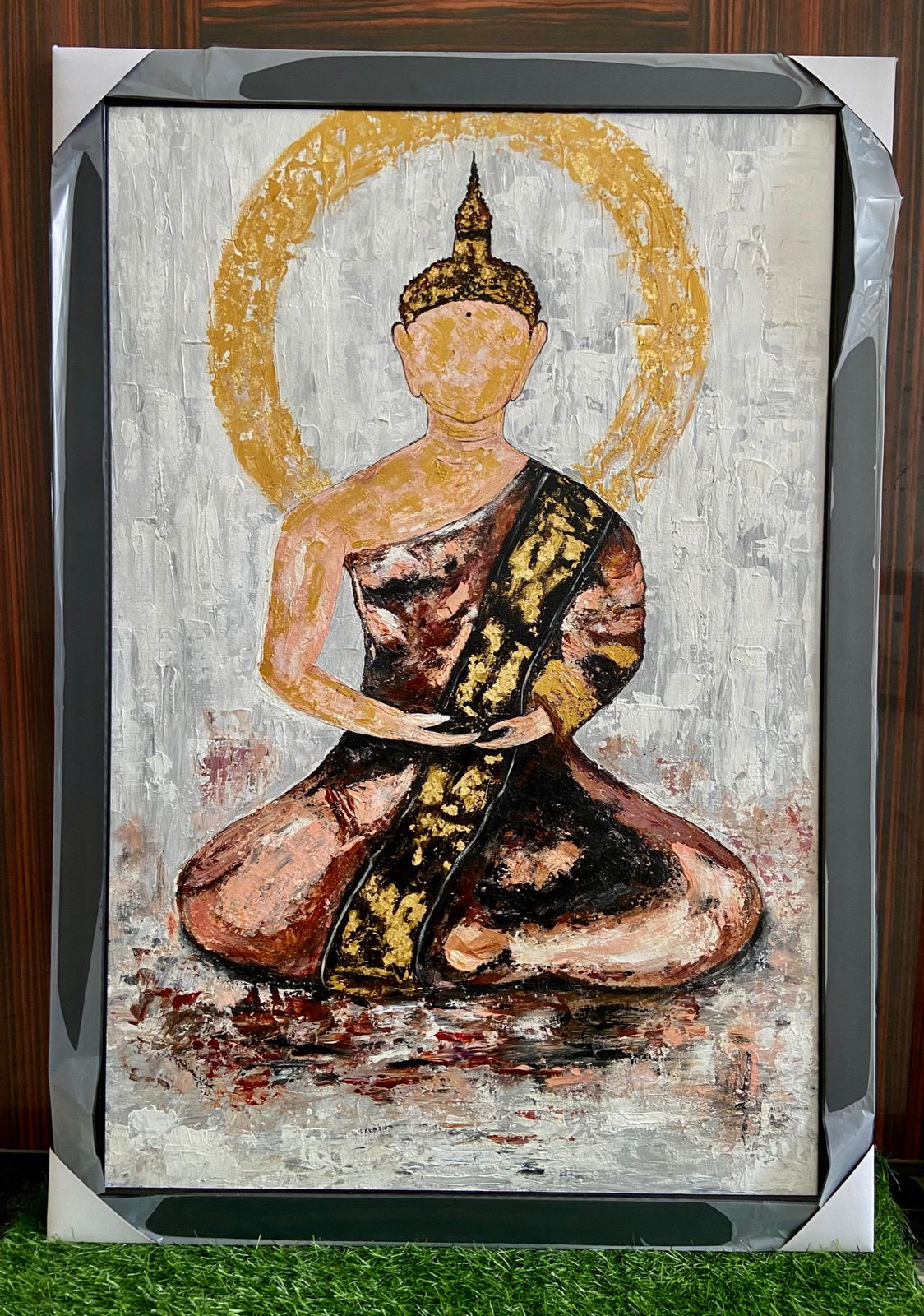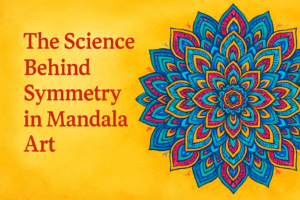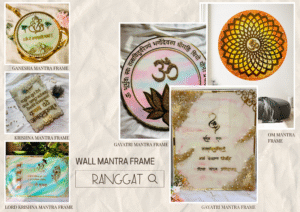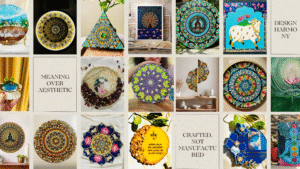Numerous forms and mediums, each with its own techniques and compelling effects, have contributed to the ongoing evolution of art. Today, traditional painting and resin art are two popular art forms. They differ in their methods, visual appeal, reliability, and flexibility, even if each has its own special beauty and creative potential. This article examines these art forms, focusing their distinctive qualities and the ways in which they influence an artist’s artistic expression.
1. Understanding Resin Art
What is Resin Art?
Resin art is the process for creating artwork with epoxy resin, a multipurpose liquid that forms into a glossy, glass-like surface. Resin can be mixed with different pigments, paints, and other materials (such glitter or metallics) to create a variety of effects, including 3D textures and vibrant color transitions.
Popular Techniques in Resin Art
1) Pouring and Layering: Layers of colorful resin are usually poured over a surface to create resin art. For effects like marble patterns, seaside sceneries, or galaxy-inspired images, artists frequently combine different colors.
2) Embedding Objects: Artists can use small things to create a 3D effect because of resin’s transparency. Incorporating flowers, stones, and other objects usually adds depth and interest.
3) Texture and Finishes: Resin can be used to create waves, swirls, or cells for textural patterns or smooth, glassy surfaces.
2. Traditional Painting: A Timeless Classic
What is Traditional Painting?
Artworks created with mediums like oil, acrylic, watercolor, or pastels on materials like canvas, paper, or wood are referred to as traditional paintings. Oils provide rich textures, watercolors give visibility, and acrylics enable vibrant colors and rapid drying. Each media has its own special qualities.
Techniques in Traditional Painting
1) Brushwork: In order to add texture, gradients, and detail to their subjects, artists employ brushstrokes. Traditional paintings are given a three-dimensional texture with techniques like impasto, which is a thick paint application.
2) Blending and Layering: Artists can produce subtle transitions and shadow effects that add depth and realism with combining colors using oils and paints.
3) Mixed Media: Some painters allow for artistic development and personal expression by combining traditional painting techniques with collage elements or other materials.
3. Differences in Visual Appeal and Texture
1) Resin Art: Resin has an appealing, almost hypnotic quality due to its high shine. Its shiny surface highlights its vibrant colors and provides it a contemporary, light feel. Those who value the textural depth of traditional paint may not find the clean finish of resin artwork appealing, but it does have a tactile quality that attracts observers.
2) Traditional Painting: Traditional paintings have textures that provide a tactile experience, whether they are caused by raised paint from impasto or visible strokes of color. Traditional paintings seem closer because viewers can frequently view the artist’s hand in these tracks.
4. Durability and Maintenance
- Resin art is more resistant to heat, sunshine, and water. Its durability makes it perfect for utility things (such countertops or coasters) or home décor pieces. The shiny surface, however, is prone to scratches and might need to be polished sometimes.
- Traditional paintings, depending on the medium, need careful maintenance. Oil and acrylic paintings are generally durable, but they can fade with prolonged sunlight exposure. Additionally, canvas pieces may need to be framed or varnished for added protection.
5. Versatility in Art Forms
1) Resin Art: Beyond wall art, resin can be used to make jewelry, tabletops, coasters, trays, and even countertops. It is also frequently used to make river tables, which are made by pouring resin into a groove to resemble a river.
2) Traditional Painting: Traditional paintings can be transforms to prints, textile patterns, or digital formats, even though they are usually shown on canvas. Because traditional painting preserves the artist’s brushstrokes and delicate color changes, it has a certain authenticity that adds to its visual appeal.
6. Accessibility and Cost
1) Resin Art: Resin can be pricey due to the materials needed, like epoxy resin, pigments, and protective gear. Also, working with resin requires a controlled environment due to fumes and curing requirements, which might add to the cost.
2) Traditional Painting: The cost and resources of traditional painting can vary depending on the media (for example, oil versus acrylic). However, depending on the quality of the paint, brushes, and canvases, the price may increase.
7. Personal Expression and Style
Traditional painting and resin art both provide for a great deal of self- expression. The decision is based on the artist’s preferences and vision:
- The ability to experiment with fluidity, depth, and unique textures makes resin art a popular choice for artists who like to create abstract, modern, or experimental work.
- Artists who like control and details, especially those who want to show complex settings or realism, will love traditional painting. Traditional painting provides a wide range of expressive options with its infinite styles and techniques, from impressionist art to hyperrealism.
Finding Your Medium
In the end, both traditional painting and resin art contribute something unique to the art world. While traditional painting offers a timeless, personal touch that keeps changing with each artist’s interpretation, resin’s modern appeal—its glossy finish and 3D effects—opens up new creative possibilities. The artist’s inclination for texture, style, and overall visual appeal frequently determines which of these media to use. Regardless of whether artists choose the ancient techniques of traditional painting or the modern appeal of resin, both mediums enhance the creative environment and allow viewers to engage with art in a variety of ways.

